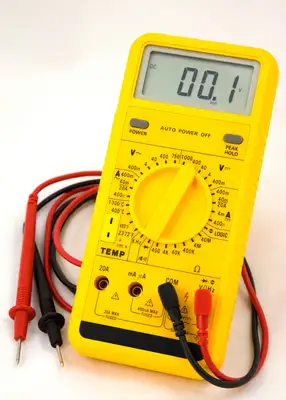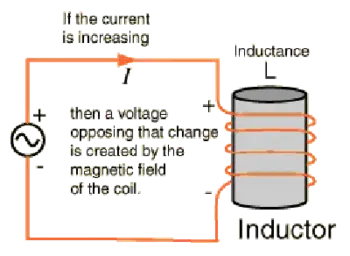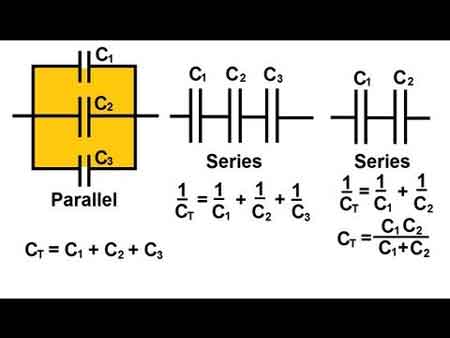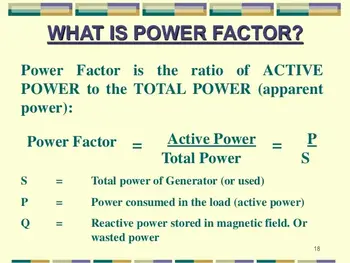What is a Resistor?

A resistor is an electronic component that limits or regulates the flow of electric current, manages voltage levels, and safeguards circuits in electrical and electronic devices, ensuring stable performance and preventing component damage.
What is a resistor?
A resistor is an electronic component designed to create electrical resistance in a circuit.
✅ Limits or regulates electric current flow in circuits
✅ Controls voltage levels for proper device operation
✅ Protects electrical and electronic components from damage
In electronic components and circuits, resistors play a crucial role. But what exactly is a resistor, and why are they so important? This comprehensive guide will explain the basics of resistors, explore different types and applications, and answer common questions related to their function and use.
Their primary function is to control and limit the flow of electrical current, ensuring the proper operation of electronic devices and, in addition, introducing resistance to help maintain stable voltage and current levels in circuits, protecting sensitive components from damage due to excess current.
Electrical Resistance
Understanding electrical resistance is essential to grasping how resistors control current flow and protect sensitive components in circuits. The value of a resistor is determined by its electrical resistance, which is measured in ohms (Ω). Resistance is directly related to Ohm's law, a fundamental principle in electronics that states that the current (I) flowing through a conductor between two points is directly proportional to the voltage (V) across those points and inversely proportional to the resistance (R). In simpler terms, the equation V = I represents Ohm's law of R. Resistors work alongside capacitors and other components to regulate voltage and ensure stable performance in electronic devices. The unit of electrical resistance, the ohm (Ω), defines how much a resistor opposes the flow of electric current.
Various types of resistors are available, each with its own set of applications and characteristics. Some common resistor types include fixed resistors, variable resistors, carbon film resistors, metal foil resistors, metal oxide film resistors, and wire-wound resistors.
As the name suggests, fixed resistors have a fixed resistance value and are often used for general-purpose applications. Carbon film and metal film resistors are popular examples of fixed resistors, with the latter offering higher accuracy and stability. On the other hand, wire-wound resistors are constructed using a metal wire wrapped around a core, providing excellent heat dissipation and making them suitable for high-power applications.
Types of Resistors
Variable resistors, also known as potentiometers or rheostats, allow users to adjust the resistance manually. These components are typically used for fine-tuning and controlling various aspects of electronic circuits, such as volume or light intensity. Different types of resistors offer unique properties for specific applications, from precision electronics to high-power systems.
Resistor colour codes identify the value, tolerance, and sometimes the temperature coefficient of fixed resistors. The colour code consists of a series of coloured bands, with each colour representing a specific number. To read the colour code, you need to learn the number assigned to each colour and understand the sequence of bands.
The primary difference between fixed and variable resistors is the ability to adjust the resistance value. Fixed resistors have a predetermined resistance that cannot be changed, while variable resistors can be adjusted to obtain the desired resistance within a certain range.
Power Dissipation
Power dissipation is the heat a resistor generates when electrical current flows through it. This heat can affect the performance and reliability of a resistor and, in some cases, may cause damage to the component or the circuit. To prevent such issues, resistors are designed with a power rating, which indicates the maximum amount of power they can safely dissipate.
A resistor is integral to electronic circuits and can be found in virtually every electronic device. They come in various shapes, sizes, and materials to suit various applications. With their ability to control electrical current and maintain the stability of circuits, resistors play a vital role in the successful operation of electronic devices.
What is a resistor?
Resistors are essential electronic components that help regulate electrical current and voltage within circuits. Their various types and applications cater to different needs in the electronics world. Understanding resistors and their characteristics is crucial for anyone working with electronic circuits or looking to build their own devices.
Related Articles
On-Site Training
Interested in cost effective, professional on-site electrical training?
We can present an Electrical Training Course to your electrical engineering and maintenance staff, on your premises, tailored to your specific equipment and requirements. Click on the link below to request a Free quotation.









